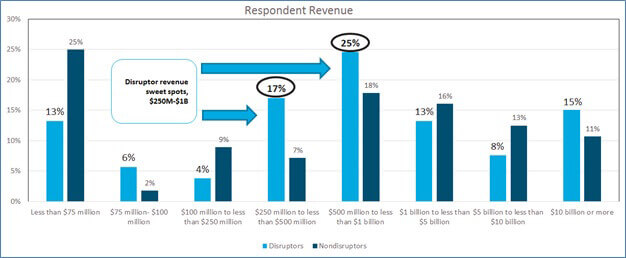The ‘Retail Apocalypse’ Is Fake News: Just Ask The Consumer
By now, many of you have heard me rail against the concept of the “retail apocalypse. ” This notion takes data like the number of RadioShack, or Sears store closings, bankruptcies among specialty retailers that grew too large and extrapolates that out to the end of the world as we know it.
Yes, I know, it hasn’t been easy time for many retailers, most especially department stores and certain specialty stores, but stories of the “retail apocalypse ” remains a false flag that makes for great click bait and depresses the rest of us.
Last week while I was on vacation, Lee Holman over at IHL sent out an email showing that there’s now a Wikipedia entry for said apocalypse. Luckily, I was on vacation, so I didn’t get apoplectic… I just decided to edit it with some opposing points of view. Now, if you’ve ever wandered into the world of Wikipedia, you quickly find out that editing an article seems easy. Anyone can do it. Well, in my case, not so much. I tried to put in a reference to my article in Forbes on the topic. It looked like it worked, and I was going to add more when I got back from vacation.
Well, I looked this morning, and the new info was gone. The Wikipedia monitors (or whatever they are) said I hadn’t really submitted my edit. I know I did… I SAW it, but it’s gone now. So I will leave Wikipedia to those of you who understand the arcana of its formats.
We saw from our annual store benchmark report that retailers believe empowering and educating their employees through technology will only improve their in-store results.
Amazon’s purchase of Whole Foods Market tells us that there is certainly still a place for stores in grocery. Those of you who believe the Whole Foods store will be overtaken by robots or turned into dark distribution centers are in for a surprise, I think. The store needs people and people need stores.
We actually talked to consumers this year as well, just to validate (or invalidate) what retailers were telling us. We asked those consumers to grade their favorite stores for relevancy. As you can see in the figure below, while fewer than 20% rated stores an A, more than 50% rated them a B. That’s really good news. Room for improvement, certainly, but all is not lost.
And if any of you knows how to update Wikipedia, please let me know!

What would I do if I were sitting in a retailer’s chair today? I would likely start with a focus group. I’d ask questions like:
- What do you like about our stores?
- What don’t you like?
- What could we do to make it better?
- Are our employees a plus or a minus?
There are a lot of reasons to do this exercise. For one thing, weaknesses will help you set technology priorities. Strengths will be something to capitalize on in marketing messages. Now, one thing I’ve been talking about with some folks is that “price ” is always the knee-jerk response on all sides. I think we have to get past that. Ask the question, accept the answer, and then move on to things you can actually control while still making money. We all know that the customer doesn’t want to feel taken advantage of. Staying close on price is table stakes. But there are other differentiators. It’s imperative that each retailer finds what those differentiators are (or aren’t) for them.
Let’s face it. Much to everyone’s surprise, it’s easier for a store to be profitable than an on-line enterprise. We have a nice data point above that’s telling us, “Hey… things are just not that bleak. ” It’s time to move on from the apocalypse paradigm (it really is just half the story anyway) and get to a better in-store experience. I have a lot of confidence that it’s doable. Even if you’re in the 30% who are rated a “D ” by consumers, you can get to a “C ” this year, and maybe a “B ” next year. It’s time to start moving forward again. As an industry, we’ve just been looking over our shoulders too long. First Walmart, now Amazon… it’s boring to think about, and honestly, we CAN do something about it.
I look forward to hearing your success stories.
